Preface: I apologise if this is in the wrong section of the Forums, I wasn't sure if this should be in RCC or here. Hey guys, I have been doing astrophotography for about a year now with a relatively unoptimised setup. Currently I’m running a Skywatcher 127 mak with a unmodified Canon EOS-7D mounted on a HEQ-5 mount. So far I’ve been really happy with the results I’ve gotten, but as with what I think many others think at some point along their journey, I’m always looking to learn and improve. I was initially just going to post an image and ask for peoples feedback, but I thought it could be more interesting to see other people’s edits of the original (stacked) data, regardless of the workflow used. It could be anything from basic editing to full Pixinsight utilisation, what I am mainly curious about is how far the data can be taken in post processing and at what point it is limited by my equipment. For reference, below is my favourite attempt at the data (compressed jpeg) using free software (DSS, Siril, Astro-sharp and Gimp). I took the image about 5 months ago with a stock Nikon D3400 (not the Canon I use now); about 4 hours of lights calibrated with Darks, Flats and Bias frames, 60 seconds per exposure. I should have linked the data here. If people want I can try and dig up the raw lights and calibration frames if people want to do their own pre-processing. 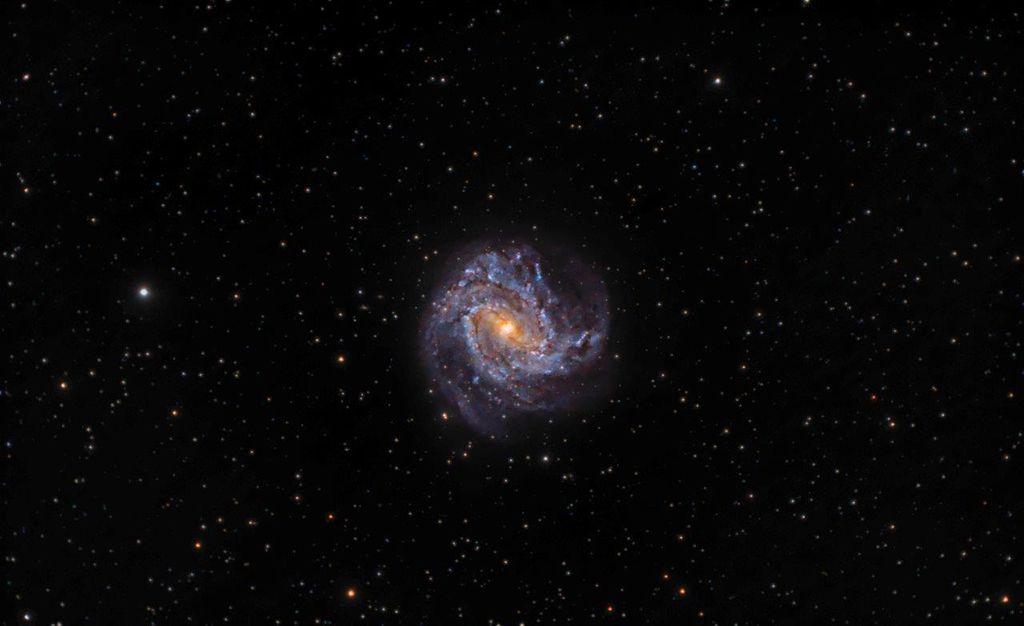 |
You cannot like this item. Reason: "ANONYMOUS".
You cannot remove your like from this item.
Editing a post is only allowed within 24 hours after creating it.
You cannot Like this post because the topic is closed.
Copy the URL below to share a direct link to this post.
This post cannot be edited using the classic forums editor.
To edit this post, please enable the "New forums experience" in your settings.
I've only been doing AP for 6 months now but I'm going to play with it anyway. However I think you should share your raw files if you really want to see what can be done with your data. People might want to stack them their own way before post-processing. Results could be quite different.
|
You cannot like this item. Reason: "ANONYMOUS".
You cannot remove your like from this item.
Editing a post is only allowed within 24 hours after creating it.
You cannot Like this post because the topic is closed.
Copy the URL below to share a direct link to this post.
This post cannot be edited using the classic forums editor.
To edit this post, please enable the "New forums experience" in your settings.
This is a quick process with PixInsight and the XTerminator suite, resampled 0.5x. 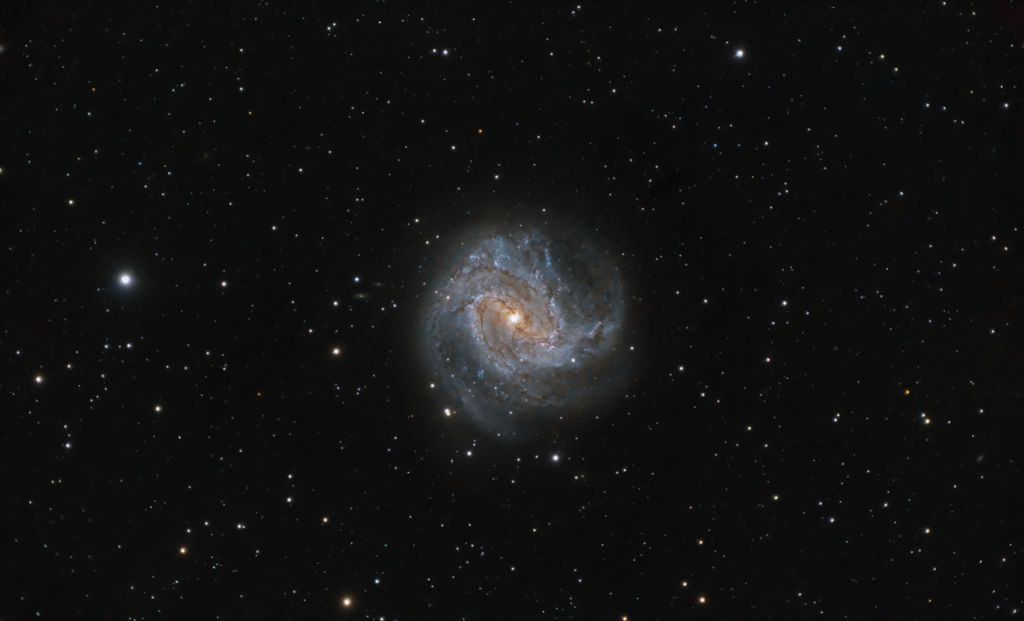 Daniele
|
You cannot like this item. Reason: "ANONYMOUS".
You cannot remove your like from this item.
Editing a post is only allowed within 24 hours after creating it.
You cannot Like this post because the topic is closed.
Copy the URL below to share a direct link to this post.
This post cannot be edited using the classic forums editor.
To edit this post, please enable the "New forums experience" in your settings.
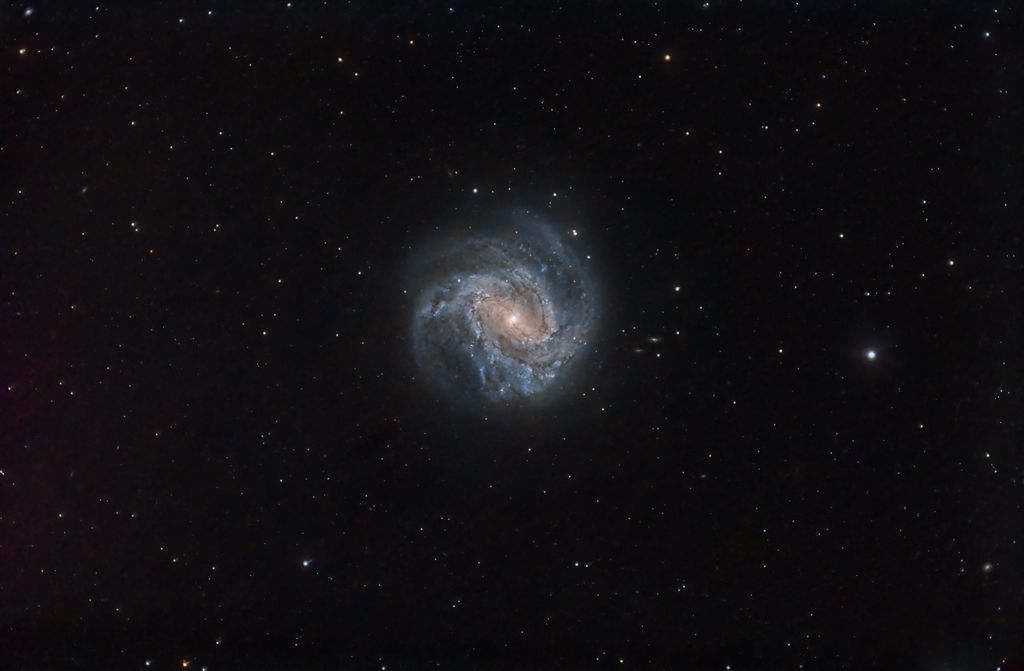 My quick edit using Pixinsight.
|
You cannot like this item. Reason: "ANONYMOUS".
You cannot remove your like from this item.
Editing a post is only allowed within 24 hours after creating it.
You cannot Like this post because the topic is closed.
Copy the URL below to share a direct link to this post.
This post cannot be edited using the classic forums editor.
To edit this post, please enable the "New forums experience" in your settings.
Eric Gagne:
I've only been doing AP for 6 months now but I'm going to play with it anyway. However I think you should share your raw files if you really want to see what can be done with your data. People might want to stack them their own way before post-processing. Results could be quite different. Thanks for replying! Doesn't matter how long you’ve been doing it, all experiences welcome! I’ll be away from my PC for the next two days but once I’m back I’ll try dig up the raw files for you!
|
You cannot like this item. Reason: "ANONYMOUS".
You cannot remove your like from this item.
Editing a post is only allowed within 24 hours after creating it.
You cannot Like this post because the topic is closed.
Copy the URL below to share a direct link to this post.
This post cannot be edited using the classic forums editor.
To edit this post, please enable the "New forums experience" in your settings.
Quick run through Pixinsight. A bit of walking noise noticeable, but it can be hidden fairly well. 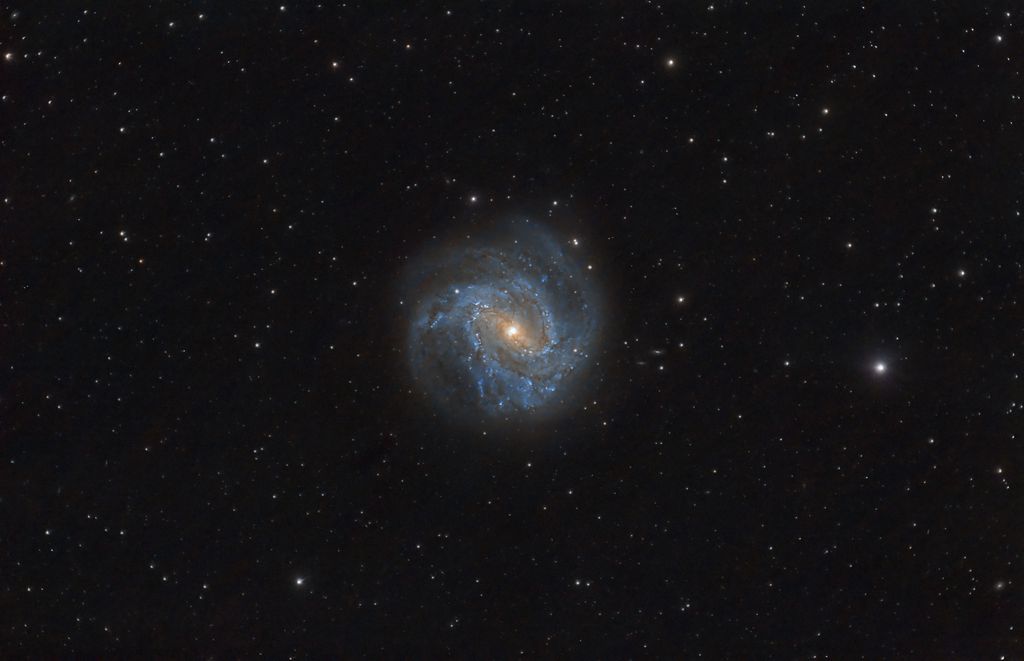 |
You cannot like this item. Reason: "ANONYMOUS".
You cannot remove your like from this item.
Editing a post is only allowed within 24 hours after creating it.
You cannot Like this post because the topic is closed.
Copy the URL below to share a direct link to this post.
This post cannot be edited using the classic forums editor.
To edit this post, please enable the "New forums experience" in your settings.
Daniele Borsari:
This is a quick process with PixInsight and the XTerminator suite, resampled 0.5x.

Daniele Thanks so much for contributing! Wow… just wow. You’ve managed to pull out so much more detail that I didn’t think was even in the data, it’s incredible! As a non-Pixinsight user (at this stage, might changed after seeing this XD) and if you have the time, could you explain what you did in Pixinsight? Do you think it would be possible to achieve similar detail with the software I’ve used? I understand there’s a reason Pixinsight and the Xterminator suite are paid, but I am also not perfect at processing, not by a long shot, and always wonder what I could do better.
|
You cannot like this item. Reason: "ANONYMOUS".
You cannot remove your like from this item.
Editing a post is only allowed within 24 hours after creating it.
You cannot Like this post because the topic is closed.
Copy the URL below to share a direct link to this post.
This post cannot be edited using the classic forums editor.
To edit this post, please enable the "New forums experience" in your settings.
could you explain what you did in Pixinsight? The first thing I did was removing the gradients with Graxpert AI with smoothing set to 0.5; after that I used BlurXTerminator set to sharpen stars at 0.15 and sharpen non-stellar at 0.55; then I ran SPCC to calibrate colors. On the starless linear image (you can remove stars with Starnet or StarXTerminator) I did some noise reduction with NoiseXTerminator set to denoise 0.85 and detail 0.45. I stretched the image with GeneralizedHyperbolicStretch and made the core a bit dimmer with HDRMultiscaleTransform. I then did some Curves adjustment (S curve, saturation etc.) and a final run of NoiseXTerminator with slightly less agressive settings. Stars were also stretched with GHS and put back with the ScreenStars script from Bill Blanshan. Do you think it would be possible to achieve similar detail with the software I’ve used? I've never used Astrosharp, but I think that Siril is a great software. You may also want to try the 45 days free trial of PixInsight, but expect a steep learning curve. BXT is very easy to use and does a terrific job at deconvolution and NXT reduces noise without washing out the details. Daniele
|
You cannot like this item. Reason: "ANONYMOUS".
You cannot remove your like from this item.
Editing a post is only allowed within 24 hours after creating it.
You cannot Like this post because the topic is closed.
Copy the URL below to share a direct link to this post.
This post cannot be edited using the classic forums editor.
To edit this post, please enable the "New forums experience" in your settings.
Phil Wright:
A bit of walking noise noticeable, but it can be hidden fairly well. Thank you very much for contributing! Yeah the walking noise is a pain, shows up in lots of my images to varying degrees even with dithering. Doesn’t help I’m not currently guiding.
|
You cannot like this item. Reason: "ANONYMOUS".
You cannot remove your like from this item.
Editing a post is only allowed within 24 hours after creating it.
You cannot Like this post because the topic is closed.
Copy the URL below to share a direct link to this post.
This post cannot be edited using the classic forums editor.
To edit this post, please enable the "New forums experience" in your settings.
Completely done with SIRIL (Autostretch - Color calibration - Background extraction - Starnet - Starless stretched - Color calibration - Stars recombined with some stretch) then some Photoshop Camera Raw (Color noise reduction - Black point slider changes - Shadows slider changes) within 15-20 minutes 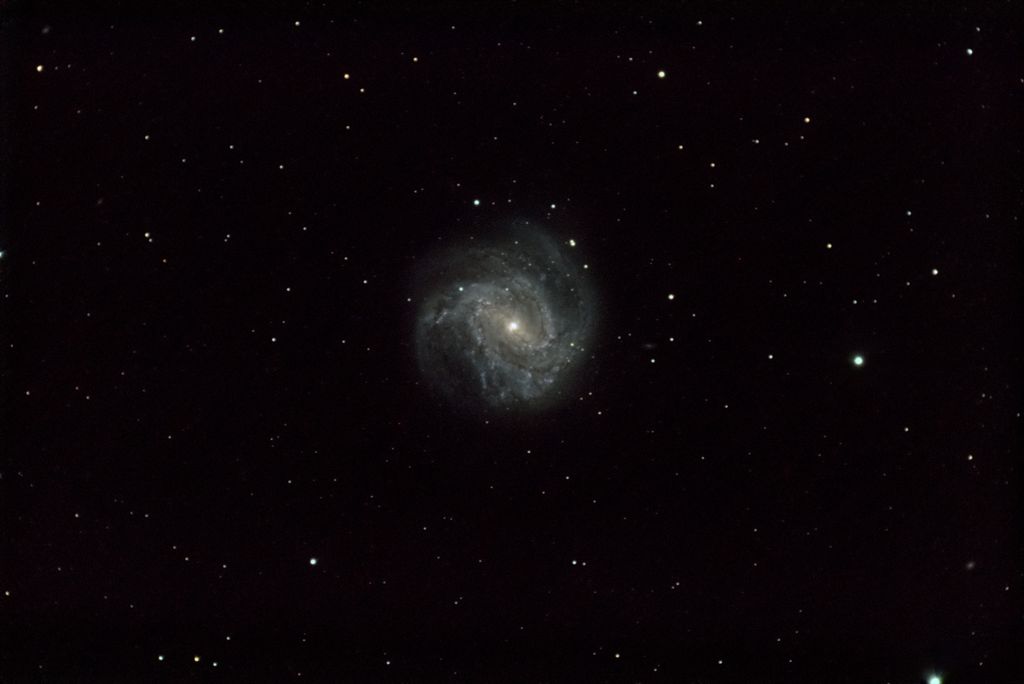 Sorry guys, my processing is horrible when I compared it to the others. Sorry guys, my processing is horrible when I compared it to the others. |
You cannot like this item. Reason: "ANONYMOUS".
You cannot remove your like from this item.
Editing a post is only allowed within 24 hours after creating it.
You cannot Like this post because the topic is closed.
Copy the URL below to share a direct link to this post.
This post cannot be edited using the classic forums editor.
To edit this post, please enable the "New forums experience" in your settings.
Daniele Borsari:
The first thing I did was removing the gradients with Graxpert AI with smoothing set to 0.5; after that I used BlurXTerminator set to sharpen stars at 0.15 and sharpen non-stellar at 0.55; then I ran SPCC to calibrate colors. On the starless linear image (you can remove stars with Starnet or StarXTerminator) I did some noise reduction with NoiseXTerminator set to denoise 0.85 and detail 0.45. I stretched the image with GeneralizedHyperbolicStretch and made the core a bit dimmer with HDRMultiscaleTransform. I then did some Curves adjustment (S curve, saturation etc.) and a final run of NoiseXTerminator with slightly less agressive settings. Stars were also stretched with GHS and put back with the ScreenStars script from Bill Blanshan. Thank you so much for the detailed workflow! If I get the free trial (and if there’s trials for BXT and NXT) I might have a go with something similar. Daniele Borsari:
I've never used Astrosharp, but I think that Siril is a great software. You may also want to try the 45 days free trial of PixInsight, but expect a steep learning curve. BXT is very easy to use and does a terrific job at deconvolution and NXT reduces noise without washing out the details. Yes I have really enjoyed using Siril for processing linear images! Unfortunately I haven’t gotten to grips with deconvolution and I don’t think noise reduction is particularly well done there. Usually I do noise reduction using Iains noise reduction 2019 in G’MIC which works reasonably well, what stands out to me in these Pixinsight examples is the sharpness and detail! Astro-sharp is being developed by Deep Sky Detail (he’s on YouTube, great channel!) as a free alternative of sorts to BXT and NXT. It’s progressed a lot, though I obviously haven’t been able to pull out as much detail as what is possible with Pixinsight.
|
You cannot like this item. Reason: "ANONYMOUS".
You cannot remove your like from this item.
Editing a post is only allowed within 24 hours after creating it.
You cannot Like this post because the topic is closed.
Copy the URL below to share a direct link to this post.
This post cannot be edited using the classic forums editor.
To edit this post, please enable the "New forums experience" in your settings.
Johannes Maximilian Möslein:

My quick edit using Pixinsight. Thank you for contributing, another great Pixinsight edit! Did you use Blur Exterminator or Noise Exterminator at all? If you have the time it would be great to hear roughly how you processed it!
|
You cannot like this item. Reason: "ANONYMOUS".
You cannot remove your like from this item.
Editing a post is only allowed within 24 hours after creating it.
You cannot Like this post because the topic is closed.
Copy the URL below to share a direct link to this post.
This post cannot be edited using the classic forums editor.
To edit this post, please enable the "New forums experience" in your settings.
Completely done with SIRIL (Autostretch - Color calibration - Background extraction - Starnet - Starless stretched - Color calibration - Stars recombined with some stretch) then some Photoshop Camera Raw (Color noise reduction - Black point slider changes - Shadows slider changes) within 15-20 minutes

Sorry guys, my processing is horrible when I compared it to the others. This is great, and thanks for the detailed workflow! I actually think there’s lots of detail in there that might come through a little with a High Pass filter or a little sharpening and contrast. I think at this rate it’s hard to replicate what people can do with Pixinsight, but that doesn’t mean anything else is bad!
|
You cannot like this item. Reason: "ANONYMOUS".
You cannot remove your like from this item.
Editing a post is only allowed within 24 hours after creating it.
You cannot Like this post because the topic is closed.
Copy the URL below to share a direct link to this post.
This post cannot be edited using the classic forums editor.
To edit this post, please enable the "New forums experience" in your settings.
My processing 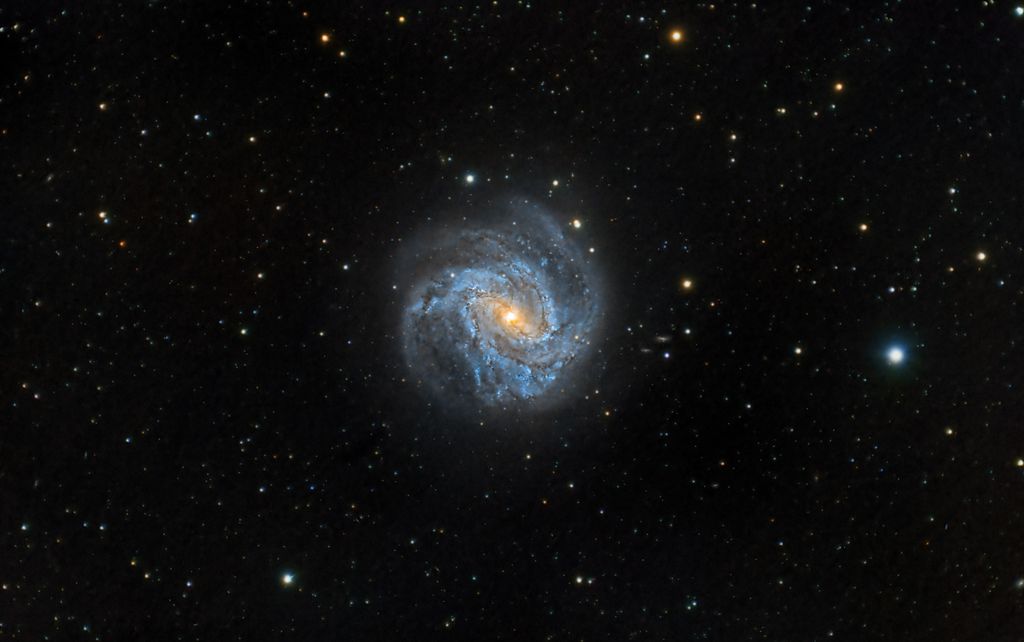 |
You cannot like this item. Reason: "ANONYMOUS".
You cannot remove your like from this item.
Editing a post is only allowed within 24 hours after creating it.
You cannot Like this post because the topic is closed.
Copy the URL below to share a direct link to this post.
This post cannot be edited using the classic forums editor.
To edit this post, please enable the "New forums experience" in your settings.
Johannes Maximilian Möslein:

My quick edit using Pixinsight.
Thank you for contributing, another great Pixinsight edit! Did you use Blur Exterminator or Noise Exterminator at all? If you have the time it would be great to hear roughly how you processed it!
It was just a quick run, so i used DynamicBackgroundExtraction to get rid of gradient, ColorCalibration, BlurX, NoiseX, StarX to remove the stars to stretch them separately using Arcsinhstretch, stretch the starless Galaxy using GHS, HDRMultiscaleTransform to add contrast in Galaxy arms, Pixelmath to add the stars back in and some CurvesTransformations for colors and contrast. I’m only using PixInsight for about a year now, so I’m still learning more every time, but imo there really is no way around it if you want to get the best out of your images, even though it can be pretty confusing at the beginning.
|
You cannot like this item. Reason: "ANONYMOUS".
You cannot remove your like from this item.
Editing a post is only allowed within 24 hours after creating it.
You cannot Like this post because the topic is closed.
Copy the URL below to share a direct link to this post.
This post cannot be edited using the classic forums editor.
To edit this post, please enable the "New forums experience" in your settings.
masluigi:
My processing
 Cheers for the contribution! Awesome detail in the core of this one, and great colour IMO. Was this done in Pixinsight or some other software?
|
You cannot like this item. Reason: "ANONYMOUS".
You cannot remove your like from this item.
Editing a post is only allowed within 24 hours after creating it.
You cannot Like this post because the topic is closed.
Copy the URL below to share a direct link to this post.
This post cannot be edited using the classic forums editor.
To edit this post, please enable the "New forums experience" in your settings.
Hi Dancerfa18, Thanks for providing some data for people to practice with! I am going to have a go at it now, but I do have a question. What was the telescope that you used for this image please? This is so I can run SPCC. Zak  |
You cannot like this item. Reason: "ANONYMOUS".
You cannot remove your like from this item.
Editing a post is only allowed within 24 hours after creating it.
You cannot Like this post because the topic is closed.
Copy the URL below to share a direct link to this post.
This post cannot be edited using the classic forums editor.
To edit this post, please enable the "New forums experience" in your settings.
Zak Jones:
What was the telescope that you used for this image please? Hi Zak, thanks for giving it a go! I imaged using a Skywatcher Skymax 127 Maksutov Cassegrain. Focal length is 1500mm, F/11.8, think with a pixel size of 4.3 micron it gave a pixel scale around 0.58”/pixel (not completely sure).
|
You cannot like this item. Reason: "ANONYMOUS".
You cannot remove your like from this item.
Editing a post is only allowed within 24 hours after creating it.
You cannot Like this post because the topic is closed.
Copy the URL below to share a direct link to this post.
This post cannot be edited using the classic forums editor.
To edit this post, please enable the "New forums experience" in your settings.
It was just a quick run, so i used DynamicBackgroundExtraction to get rid of gradient, ColorCalibration, BlurX, NoiseX, StarX to remove the stars to stretch them separately using Arcsinhstretch, stretch the starless Galaxy using GHS, HDRMultiscaleTransform to add contrast in Galaxy arms, Pixelmath to add the stars back in and some CurvesTransformations for colors and contrast. Thanks so much for the detailed workflow, really appreciate it. If I’m going to have a go at the Pixinsight free trial this really helps me out! I’m only using PixInsight for about a year now, so I’m still learning more every time, but imo there really is no way around it if you want to get the best out of your images, even though it can be pretty confusing at the beginning. I have heard that Pixinsight has a bit of a learning curve, I’ll attempt to have as much disclosure on it as possible before going for the free trial. The details you guys are getting are astonishing, I had no idea it could even come from the image I took, so least to say I’m slowly getting convinced.
|
You cannot like this item. Reason: "ANONYMOUS".
You cannot remove your like from this item.
Editing a post is only allowed within 24 hours after creating it.
You cannot Like this post because the topic is closed.
Copy the URL below to share a direct link to this post.
This post cannot be edited using the classic forums editor.
To edit this post, please enable the "New forums experience" in your settings.
I have heard that Pixinsight has a bit of a learning curve When I used it before (the trial), it wasn't too bad actually (it was very nice once I learned a simple processing workflow). I had to get used to remembering where to click the right buttons, almost never understood the actual meaning of certain terms (I think the Pixinsight creators put some exaggeratingly long/complicated-sounding script names/terms). Experimental trial and error or the YT tutorials, to me, are the 2 best ways to learn Pixinsight.
|
You cannot like this item. Reason: "ANONYMOUS".
You cannot remove your like from this item.
Editing a post is only allowed within 24 hours after creating it.
You cannot Like this post because the topic is closed.
Copy the URL below to share a direct link to this post.
This post cannot be edited using the classic forums editor.
To edit this post, please enable the "New forums experience" in your settings.
Thanks for the data to play with. It's certainly welcome with all the clouds I've been having. I'm hoping to work on my galaxy processing this winter. To me it's a lot more difficult than nebulae. 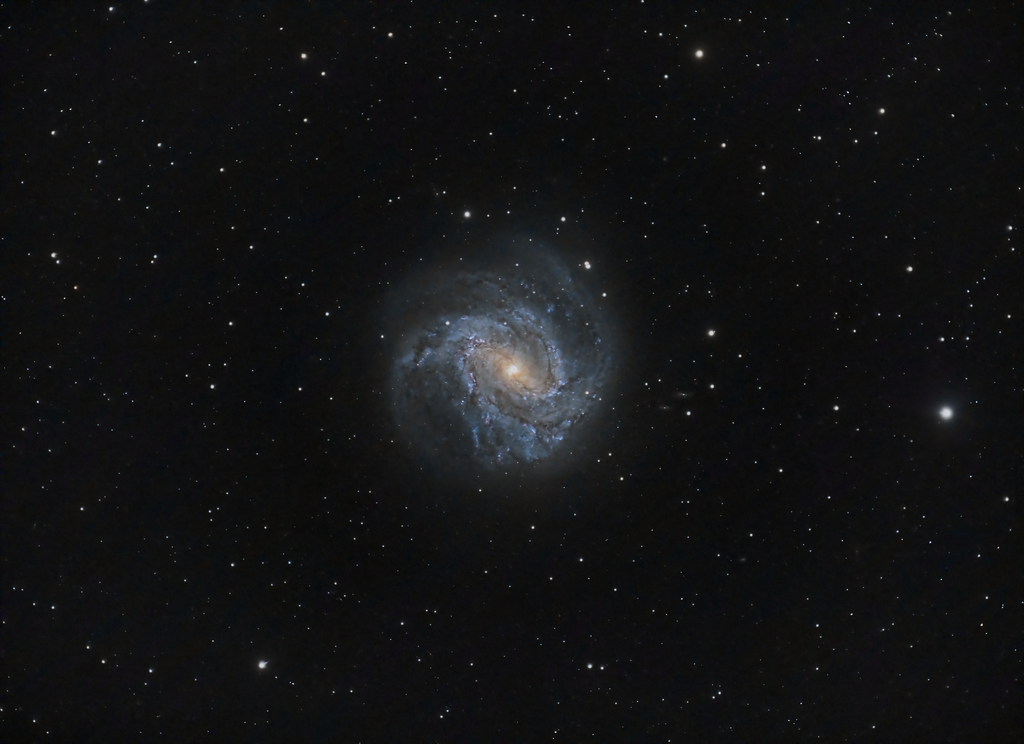 |
You cannot like this item. Reason: "ANONYMOUS".
You cannot remove your like from this item.
Editing a post is only allowed within 24 hours after creating it.
You cannot Like this post because the topic is closed.
Copy the URL below to share a direct link to this post.
This post cannot be edited using the classic forums editor.
To edit this post, please enable the "New forums experience" in your settings.
Here's my version of your data using PixInsight. It's great data, although like a couple of others have mentioned there is a bit of walking noise visible but I hid it to the best of my ability without making the background appear too dark. My workflow is here if anyone is interested: DynamicCrop SXT Export starless image as TIFF GraXpert AI Save background corrected image as TIFF Import new TIFF Recombine starless image with stars image using PixelMath Plate Solve, then SPCC SCNR BXT SXT Stretched the starless image using GHS NXT on starless image Created a mask using targeting M83 using RangeSelection, then I applied the mask to the starless image Two iterations of LHE CurvesTransformation to brighten the image slightly and subtly increased the saturation Stretched stars only image with GHS Recombine starless image with stars image using PixelMath Subtle iteration of HistogramTransformation Resampled image to 50% so I can post it on here Export finished image as JPEG Another thing to mention is I only exported the images as TIFF's as the provided file is TIFF, otherwise I would have saved them as XISF. I am hoping to image this galaxy for the first time next year when it is back in the evening skies! Zak  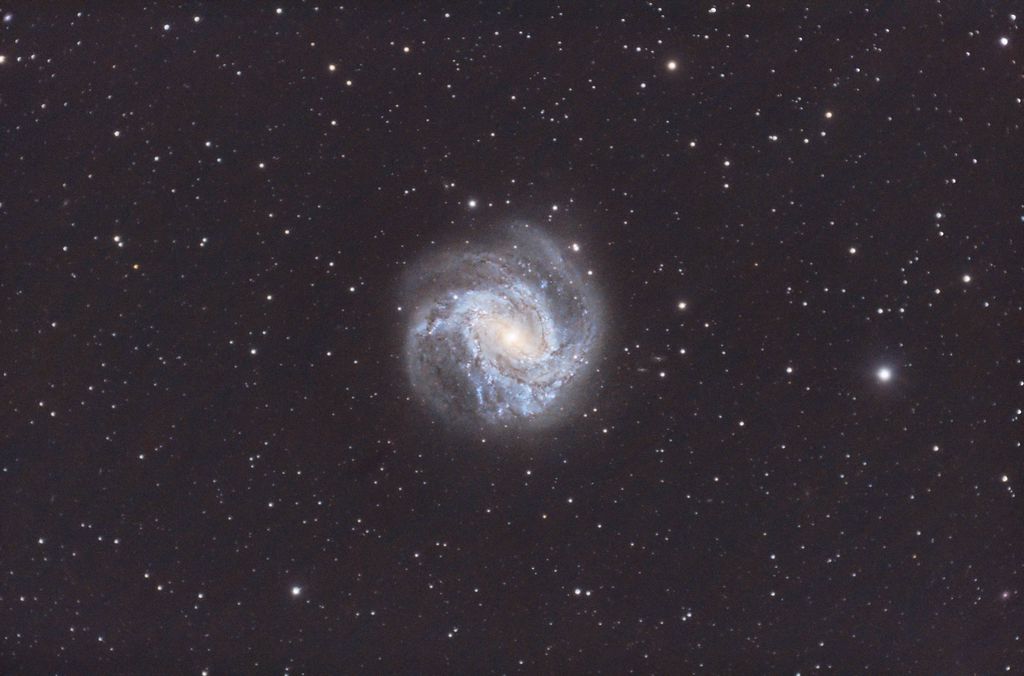 |
You cannot like this item. Reason: "ANONYMOUS".
You cannot remove your like from this item.
Editing a post is only allowed within 24 hours after creating it.
You cannot Like this post because the topic is closed.
Copy the URL below to share a direct link to this post.
This post cannot be edited using the classic forums editor.
To edit this post, please enable the "New forums experience" in your settings.
I have heard that Pixinsight has a bit of a learning curve
When I used it before (the trial), it wasn't too bad actually (it was very nice once I learned a simple processing workflow). I had to get used to remembering where to click the right buttons, almost never understood the actual meaning of certain terms (I think the Pixinsight creators put some exaggeratingly long/complicated-sounding script names/terms).
Experimental trial and error or the YT tutorials, to me, are the 2 best ways to learn Pixinsight.
Excellent to know! I’m sure it wouldn’t be too terrible, and I process data I capture over and over again so 45 days is hopefully enough to get a grasp of it. Given your work with Siril and Photoshop, do you remember how your results compare? I’m assuming you didn’t buy Pixinsight afterwards, is that because there was too much cost for benefit in your opinion?
|
You cannot like this item. Reason: "ANONYMOUS".
You cannot remove your like from this item.
Editing a post is only allowed within 24 hours after creating it.
You cannot Like this post because the topic is closed.
Copy the URL below to share a direct link to this post.
This post cannot be edited using the classic forums editor.
To edit this post, please enable the "New forums experience" in your settings.
Pixinsight (LF, DBE, Color Calibration,Decon/Denoise, Masks, Curves Sat, Arcsinnstretch/Histostretch, De-star) PS Selective and combine 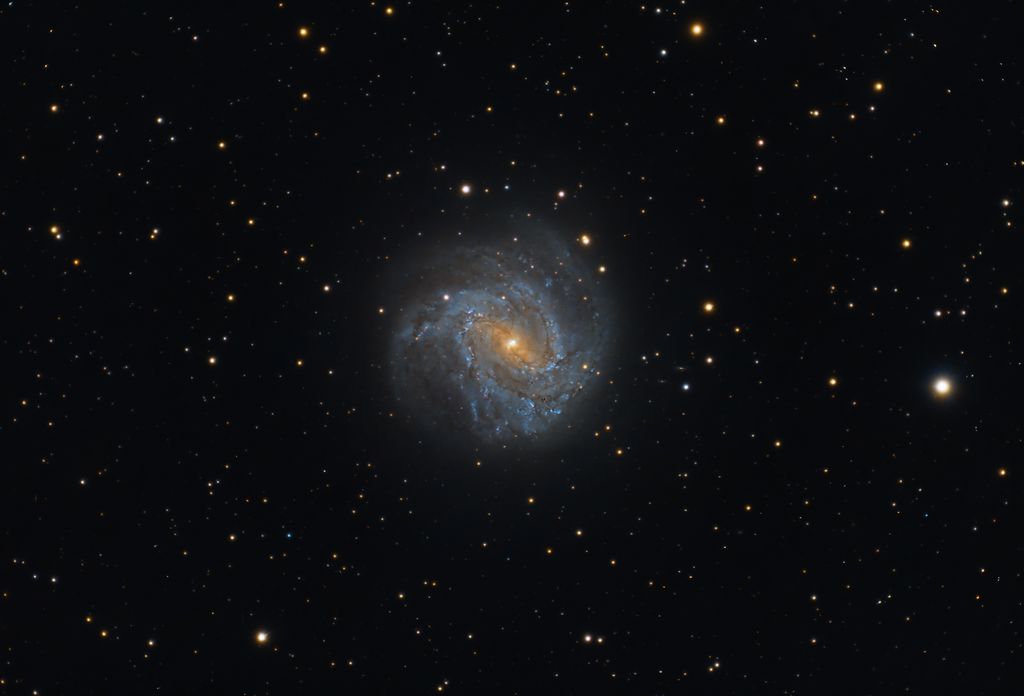 |
You cannot like this item. Reason: "ANONYMOUS".
You cannot remove your like from this item.
Editing a post is only allowed within 24 hours after creating it.
You cannot Like this post because the topic is closed.
Copy the URL below to share a direct link to this post.
This post cannot be edited using the classic forums editor.
To edit this post, please enable the "New forums experience" in your settings.
Quinn Groessl:
Thanks for the data to play with. It's certainly welcome with all the clouds I've been having. I'm hoping to work on my galaxy processing this winter. To me it's a lot more difficult than nebulae.
 No worries, and thanks for giving it a crack, it looks excellent! We’ve had horrible weather recently as well, but it’s super inspiring to see all these contributions! Galaxies are very different from Nebula in terms of processing, I find they’re super fun though!
|
You cannot like this item. Reason: "ANONYMOUS".
You cannot remove your like from this item.
Editing a post is only allowed within 24 hours after creating it.
You cannot Like this post because the topic is closed.
Copy the URL below to share a direct link to this post.
This post cannot be edited using the classic forums editor.
To edit this post, please enable the "New forums experience" in your settings.











